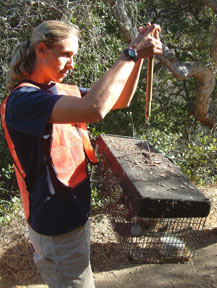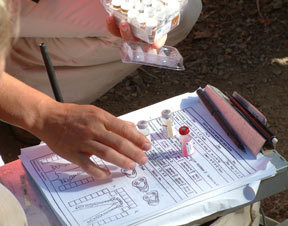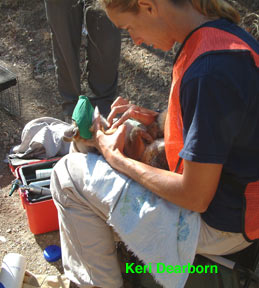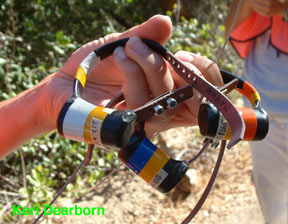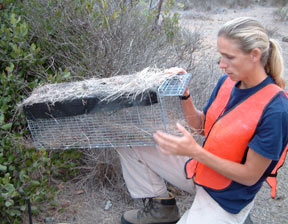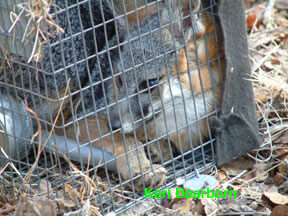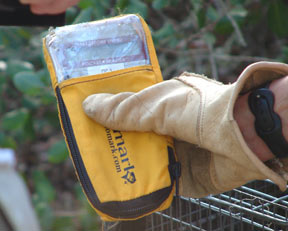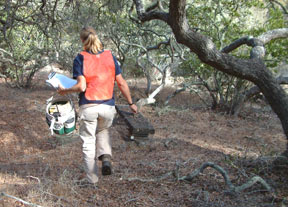Video of Wild Island Fox
Catalina Island Conservancy wildlife biologist Calvin Duncan approached a wild fox’s territory, he took this video of an island fox on Santa Catalina Island.
Protecting territory is important for a pair of island foxes. They need a hunting area that will provide enough food to support themselves and their pups. How does an island fox let you know you are in its territory? Watch and see.
Images like this of an island fox in the wild are very rare. Island foxes on Santa Catalina Island declined dramatically between 1998 and 2000 because of a disease, canine distemper, that was passed to them from a domestic dog. Today the estimated population has increased to approximately 572 individuals, slightly more than one third of their original number. Catalina island fox decline
The fact that island foxes are running wild again on Catalina, Santa Rosa, Santa Cruz, and San Miguel Islands is due to the undaunted efforts of biologists, scientists, government agencies, private conservation organizations and concerned individuals like YOU.
When you support island fox conservation efforts YOU HELP to make sure that moments like this will continue into the future.
A special thanks to the Catalina Island Conservancy fox biologists Calvin Duncan and Julie King for sharing their experiences in the field with us. For more on their work with the Catalina island fox: Counting island foxes; Island Fox Health Check.
See video of an island fox release on San Miguel Island. Link
Island fox and fruit
What do island fox pups look like?
What do island foxes eat?
Why are they endangered?
More about island foxes
Labels: barking fox, Catalina Island Conservancy, Catalina Island fox, Channel Island fox, Friends of Island Fox, island fox, island fox barking


